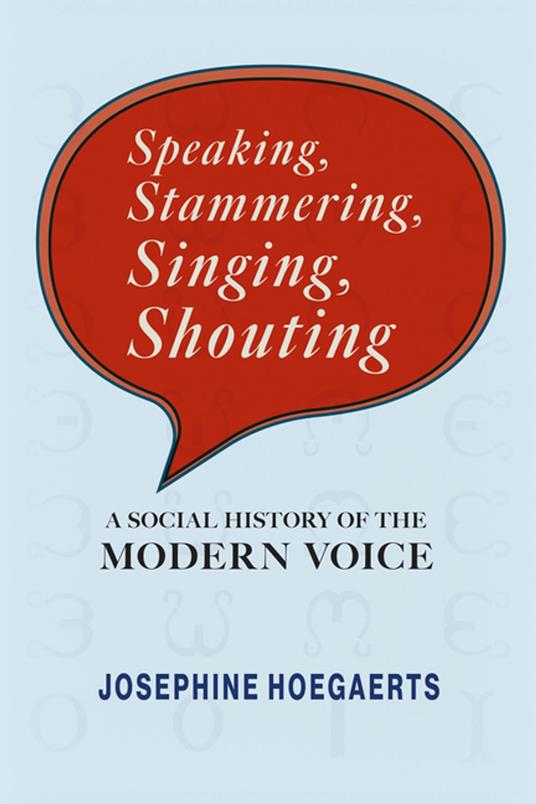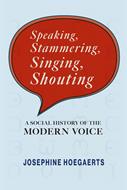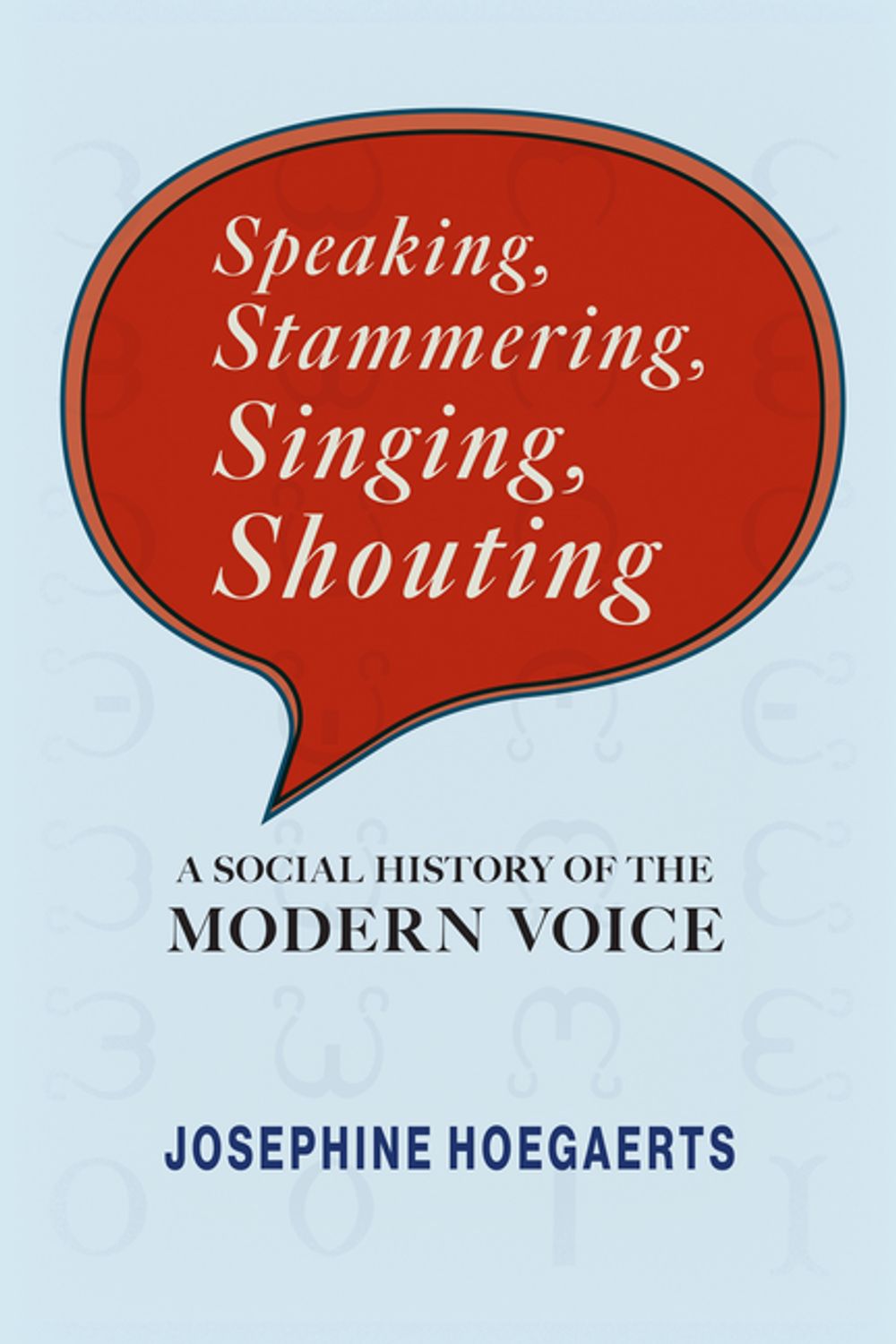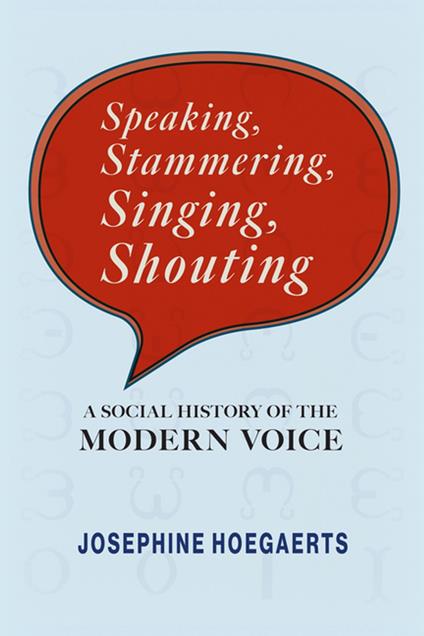Speaking, Stammering, Singing, Shouting
What was considered a good, normal, or healthy voice in the nineteenth century? In 1854, singing master Manuel Garcia became the first person to see the vocal cords at work in a human throat. Less than a decade later, surgeon Paul Broca identified what he called a speech center in the brain. The almost simultaneous invention of the laryngoscope and the discovery of Broca’s area present important turning points for how medical, musical, and other experts understood how the human voice works. These developments did not occur in a vacuum, however. In Speaking, Stammering, Singing, Shouting, Josephine Hoegaerts describes the ambitious attempts, throughout the nineteenth century, to observe, understand, and manage human voices, as well as the host of more traditional, domestic, and stereotypical beliefs about the voice that continued to exist alongside these new insights. She peers into the stammering therapist’s office, over the singing teacher’s shoulder, and occasionally into the laryngoscope to see how something so simple—the sound Europeans produced when they opened their mouths—changed over the course of the nineteenth century. Combining insights from medical and musical histories with methods from the fields of sound studies and the history of experience, Hoegaerts traces how people imagined human voices in the nineteenth century and how they used them. Rather than focusing on the great singers and orators of the age, the book looks at the mundane daily practices of singers, speakers, and stammerers and the people who trained and studied them. What did it take, according to all these increasingly specialized professionals, to have a normal voice in nineteenth-century Europe?
-
Autore:
-
Anno edizione:2025
-
Editore:
-
Formato:
-
Lingua:Inglese
Formato:
Gli eBook venduti da Feltrinelli.it sono in formato ePub e possono essere protetti da Adobe DRM. In caso di download di un file protetto da DRM si otterrà un file in formato .acs, (Adobe Content Server Message), che dovrà essere aperto tramite Adobe Digital Editions e autorizzato tramite un account Adobe, prima di poter essere letto su pc o trasferito su dispositivi compatibili.
Cloud:
Gli eBook venduti da Feltrinelli.it sono sincronizzati automaticamente su tutti i client di lettura Kobo successivamente all’acquisto. Grazie al Cloud Kobo i progressi di lettura, le note, le evidenziazioni vengono salvati e sincronizzati automaticamente su tutti i dispositivi e le APP di lettura Kobo utilizzati per la lettura.
Clicca qui per sapere come scaricare gli ebook utilizzando un pc con sistema operativo Windows



